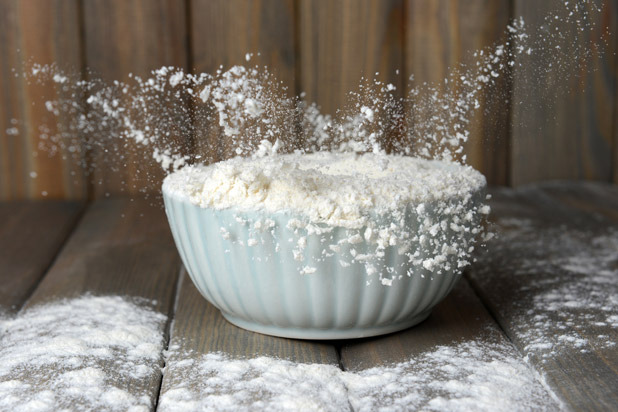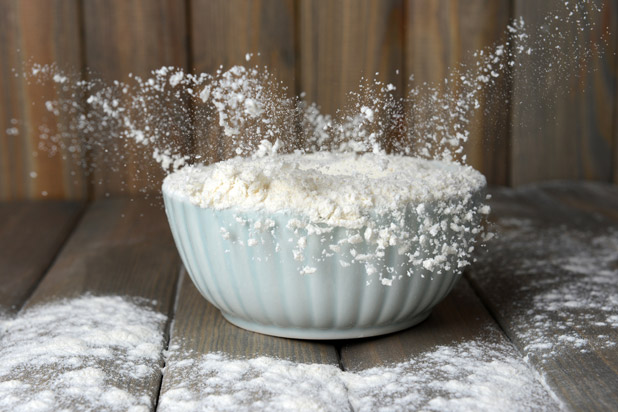The Essential Steps To Perfect Pie Crust
Flaky and crunchy in all of the right places, homemade pie crust is a treat in itself. Filled with whatever you like, pies are the ultimate vessel throughout the holidays for sweet and savory treats.
Click here to see The Essential Steps to Perfect Pie Crust (Slideshow)
Pie crust is one of those things that seem like too much effort to make when you've also got to tackle a turkey, prep vegetables, and get the pie in the oven. So you go for the store-bought frozen pie crust, make your pie filling, and get on with life. It turns out fine. But pie is meant to be so much more than just fine.
There are plenty of decent store-bought pie crusts (and there are certainly some things that don't need to be made from scratch), but making your own just takes a few minutes of work (even fewer if you have a food processor or stand mixer) and a fair amount of chilling time. You'll notice the difference a homemade crust makes when there are no slices of pie left at the end of the meal.
There's no need to make your pie crust by hand; use a food processor fitted with a dough blade or a stand mixer fitted with a dough hook attachment. The basic process of making dough is the same for all three methods: blend the butter into the flour until it's a ball of crumbs the size of peas, then mix in cold water a little (very little) at a time until the dough is just moist enough to stick together. This should only take a few minutes by hand using a pastry cutter, a few pulses in the food processor, or a minute or two in a stand mixer.
Once you've made the dough and filled the pie, you'll probably have scraps of pie dough left over (depending on the recipe). You can use them to decorate the pie or turn them into easy cookies to snack on while the pie cools. Roll any leftover dough into 1-inch balls, then roll in a bit of cinnamon sugar for quick, delicious cookies.
Follow these easy tips for non-shrinking, flaky, and pretty much perfect pie crust every time.
Flour
(Credit: Shutterstock)
Your flour choice doesn't matter as much as you might think for making pie dough. All-purpose flour will do the trick here, but you can also opt for lower-gluten flour, such as pastry flour, to help avoid chewy crusts. You can also make your own pastry flour by adding some corn starch to all-purpose flour. Mix in a pinch of salt (and some sugar, too, if it's for a sweet pie) to the flour at this stage for seasoning.
Fat
(Credit: iStock/Thinkstock)
This is your call as well. Lard, butter, and vegetable shortening all help create flaky crusts. All-butter pie crusts come out flakier than a butter-shortening combination, but the addition of shortening helps maintain decoration along the crust, such as fluting. You can also use coconut oil, which is a solid at room temperature, to make a flaky vegan pie crust.
Julie Ruggirello is the Recipe Editor at The Daily Meal. Follow her on Twitter @TDMRecipeEditor.

